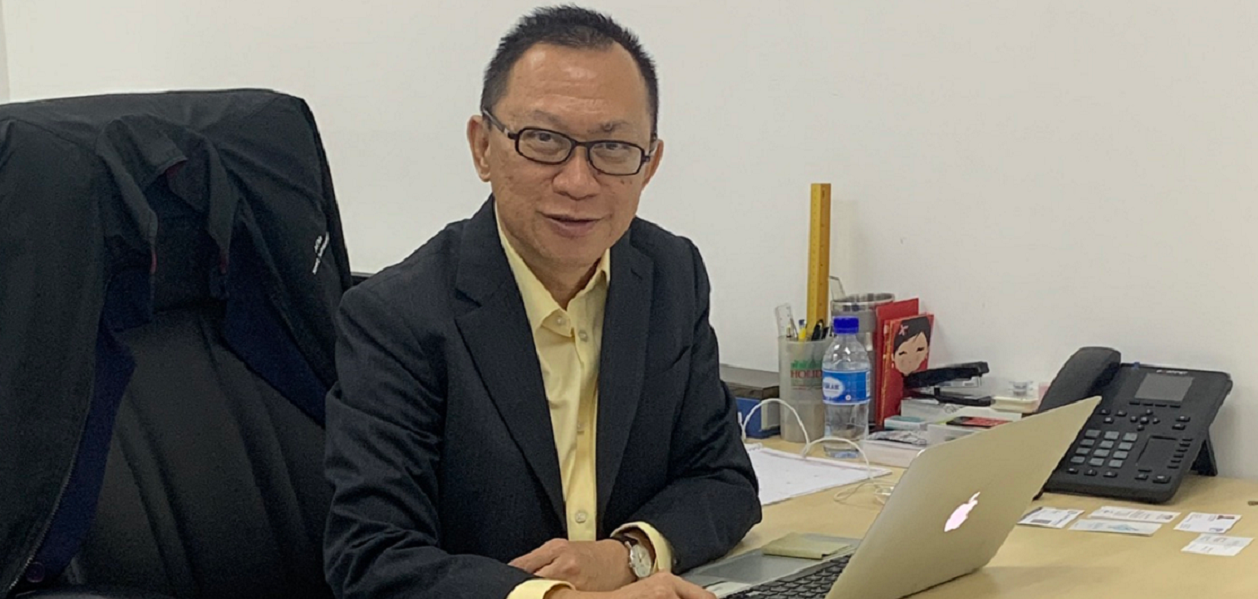What it takes to grow a semiconductor start-up
IPI Innovation Advisor Chok Yean Hung offers sound advice and an understanding of market trends to help semiconductor start-ups on journeys of growth and innovation.
Globally, there has been a surge in demand for electronics during the pandemic and the semiconductor industry is expected to reach roughly US$469.4 billion by 2021 as a result. While international giants like Intel, NVIDIA and Qualcomm have contributed much to this advance, semiconductor start-ups have played an important role too, pushing the limits of cloud, artificial intelligence (AI) and optical technology.
Despite their promising progress, going from a lean team to a household name is a challenging journey in any industry. Approximately 90 percent of all start-ups fail, whether it is in their first or tenth year. To bolster their chances of success, IPI Innovation Advisor Chok Yean Hung helps organisations identify the best growth strategy to go from a start-up to a publicly listed company.
Taking a company public
With over 30 years of management and technical experience in the semiconductor industry under his belt, Chok’s interests lie in turning start-ups and SMEs into sustainable, mature businesses.
Not only has he successfully taken two semiconductor start-ups public, he has also transformed AEM Holdings, a then-distressed company at risk of going under, into a billion-dollar firm during his term as CEO. While at the helm, Chok revitalised AEM’s company culture, implemented new systems to support business execution, invested in and enhanced staff skillsets.
“With this, we moved from value-adding to creating new value through innovation. Over time, we were able to become a real partner to our customers, not just a partner they worked with because of our cost competitiveness,” he shared.
In order to ensure long-term business sustainability, start-ups and SMEs alike have to continuously analyse industry megatrends, identify the gaps in the market, and pivot their capabilities to address pain points, he emphasised. “The key is investing in capabilities with a long-term view while closely monitoring trends and market needs,” he said.
While this applies to most firms looking to scale up, Chok lists a few considerations SMEs in particular need to take into account before embarking on expansion. First and foremost, they have to assess market factors such as the competitive landscape and potential customer buy-in. Next, they must be willing to invest in the right resources and expertise, including domain experts that can be co-drivers in their innovation journeys. Finally, companies need to ensure they have sufficient funds or investors they can tap into, to support their growth plans.
An advisor’s role
An experienced consultant in the semiconductor sector, Chok cites two examples of companies he has helped to reinvigorate. The first was an SME looking for advice on how to go to market with a patentable solution it had on equipment modification; the challenge lay in monetising this intellectual property (IP) without hurting the existing service business. Drawing on his deep domain knowledge, Chok provided guidelines and steps the company could take to successfully sell its solution to industry players despite the sensitive situation.
The second firm was looking to digitalise as a means to grow and scale up, so Chok guided the management team towards identifying a key competitive advantage the business needed to expand. “I also got them to consider the possibility of acquiring technology that could complement their existing business in order to pivot towards better long-term growth,” he said. IPI’s Innovation and Technology team then assisted the company in IP sourcing and technology landscape studies to facilitate decision making.
Studying trends and seizing opportunities
The semiconductor industry is moving rapidly, driven by the proliferation of 5G, AI, Internet of Things and other fast-emerging technology. To keep pace with competitors and seize opportunities amid the disruption, companies need to start innovating and investing, said Chok.
“For SMEs with the intent of going global, opportunities lie with innovating new products that have the best future market-fit. Key to this is securing IP, either through acquisition or organic development,” he advised.
“For those with existing products and solutions, there are unique opportunities in China in the short to mid-term,” Chok added. “And for companies that support MNCs in Singapore, there are likely opportunities to do more business as the bigger players look into localisation for greater resiliency. Key to this is surfacing out their critical needs and investing in innovating solutions for them.”
With his valuable experience and sound advice, Chok guides semiconductor companies across the value chain as they navigate future trends and current complexities in the market.
If your company is looking to seize existing market opportunities and scale up, check out the IPI Innovation Advisors Programme for more information on how an advisor can help.

